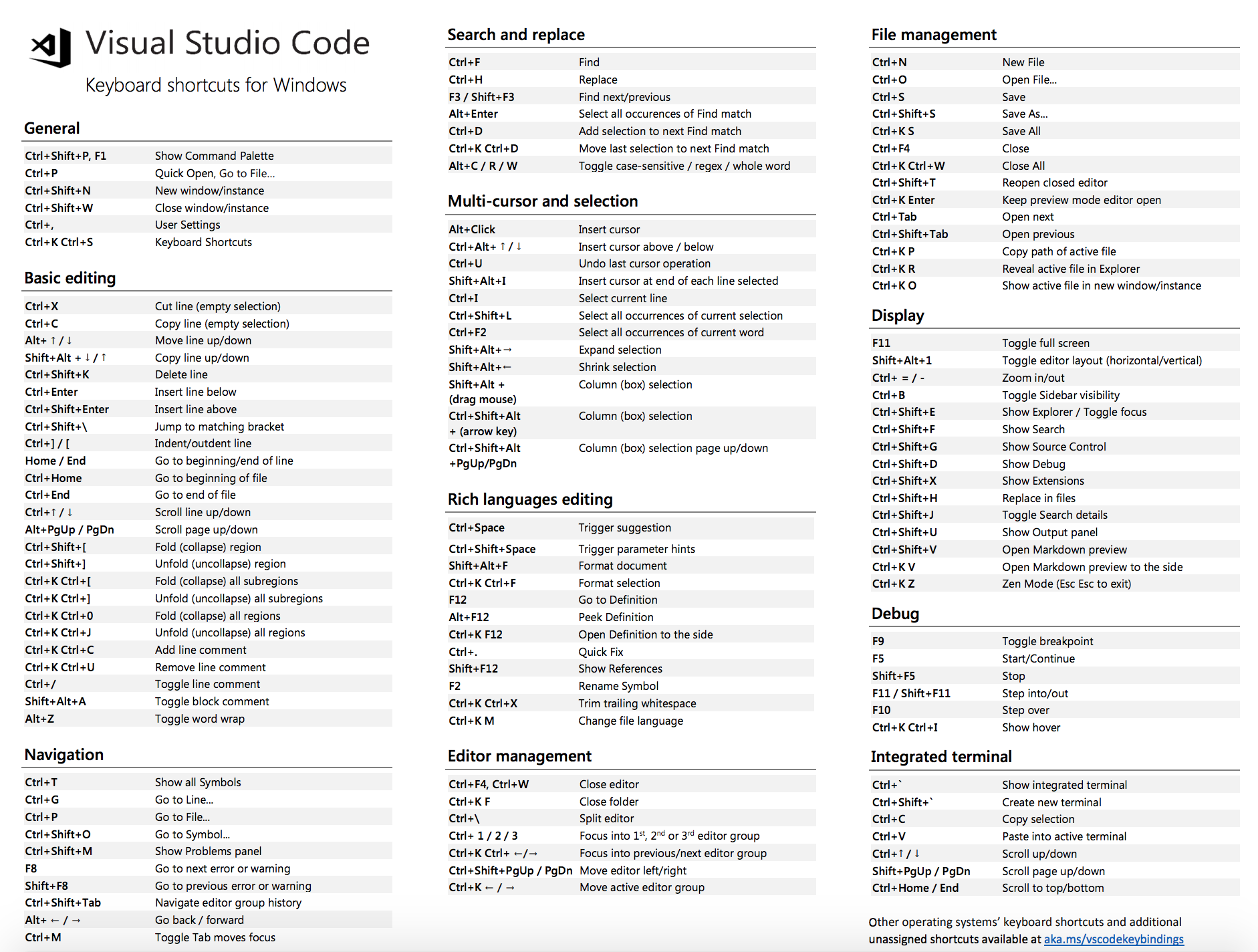
Set windows keyboard shortcuts in linux keygen#

I have not seen the hyper key mentioned in a long time, but just like the meta key it can be mapped to other keys. It is usually the key with the Windows logo, unless you have a proper keyboard with a Linux logo. The Super key is the least ambiguous of the three terms. Howto authors that refer to the meta key expect that you know which key your particular system has mapped it to. None of these keys exist on modern keyboards, but are mapped to other keys, such as the Alt key, Windows key, or Ctrl key. Those days are long gone, but the terminology persists, to the confusion of modern computer users. The meta, super, and hyper keys go way, way back to the days of the Space Cadet keyboard, which had keys with those labels. So let’s explore the fine world of keyboard shortcuts on Linux. The bad news is all this flexibility can drive you nuts. The good news is that all this flexibility lets you fine-tune your workflow. The bad news is even when you have a central keyboard configuration for your particular desktop environment, many applications can be customized individually. The bad news is keyboard shortcuts are a moving target on Linux: You’ll see different behaviors in different applications, desktop environments, and command shells.

The good news is keyboard shortcuts can speed up your productivity a lot. If you don’t find the offending keyboard shortcut after reading this article, you’ll know where to look to find out how they’re configured on your system. Linux does not yet have a universal “undo” button, which I think is the most needed feature for any computer, so you have to know what you did so you can undo it. There you are typing happily away, when all of a sudden you accidentally hit some hotkeys and weird things happen.


 0 kommentar(er)
0 kommentar(er)
